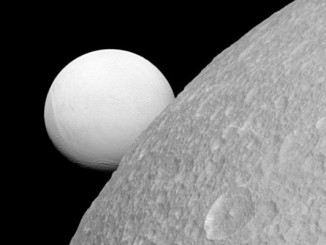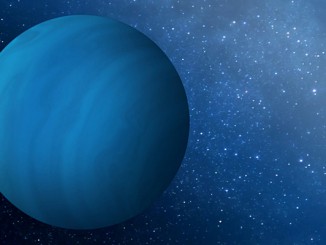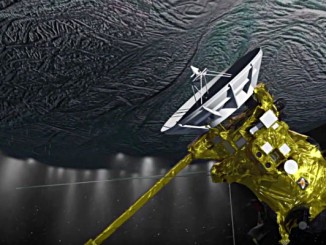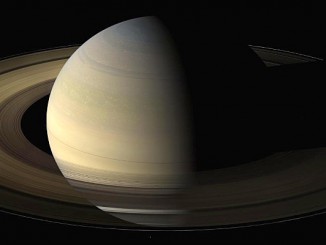
Cassini completes final close flyby of Saturn’s moon Enceladus
NASA’s Cassini spacecraft has begun transmitting data and images from the mission’s 22nd and final close flyby of Saturn’s active moon Enceladus on Saturday, 19 December. Cassini has made so many breathtaking discoveries about this icy moon, its geologic activity and global ocean that lies beneath its icy crust, yet so much more remains to be done to determine if this tiny ocean world could harbour life.









